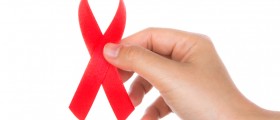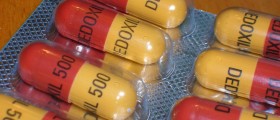
Yeast infections are usually caused by Candida albicans, which is a specific type of fungus. Infection by Candida species is also referred to as a candidiasis or as candidosis, moniliasis and oidiomycosis. Yeast infections include various infections that range from superficial, such as oral thrush and vaginitis, to systemic and potentially life-threatening diseases.
Causes of yeast infections
Yeasts are normally present on all human surfaces. Yeasts usually grow and thieve on dark and moist surfaces of the skin, such as delicate skin folds, inside and outside of the vagina, or mouth. Yeast infections are usually caused by overgrowth of Candida albicans and other Candida yeasts, but they can also result from Torulopsis, Cryptococcus, Malassezia, and Trichosporon yeasts. Overgrowth of any of these species can cause the infection. Yeast infections are especially common in children and people with a compromised immune system. Diagnosis is normally established by observation or by culturing a stool or mucosa sample.
Symptoms of yeast infections
Most yeast infections usually manifest in minimal symptoms such as redness, itching and discomfort in the affected area. Symptoms usually depend on the exact location of the infection. The immune compromised patients are at the highest risk of developing serious complications due to the yeast infection, which can be even fatal if left untreated. People with a normally functioning immune system usually have very localized infection on the skin or on the mucus membranes. This infection usually affects the oral cavity, the pharynx or esophagus, the gastrointestinal tract, the urinary bladder or the genitalia. In immuno compromised patients, Candida can become a systematic disease. If this happens, fungi will invade the blood and spread to all other parts of the body resulting in different serious conditions such as: pain, mental disorders, chronic fatigue, infections, wounds and lesions, sweating, itching, unusual discharge or drainage and more.
Yeast infections in the vagina, is known as vaginitis, and it is characterized by severe itching, burning, soreness, irritation, and a whitish or whitish-gray cottage cheese-like discharges. Yeast infections of the mouth, known as oral thrush, are characterized by thick white or cream-colored deposits on mucosal membranes of the mouth. When the cream-colored deposits are scraped, they leave small wounds accompanied by slight bleeding.
Treatment for yeast infections
Treatment of yeast infections usually involves slight changes in the diet and use of antifungal medications. The antifungal drugs most commonly used are topical clotrimazole, topical nystatin, fluconazole and topical ketoconazole. An antifungal diet excludes sugars from the menu, as the fungi thrive on direct sugars such as: fructose, lactose, maltose, glucose and mannitol. One should avoid all foods containing these carbohydrate and sugar varieties.

















Your thoughts on this
Loading...